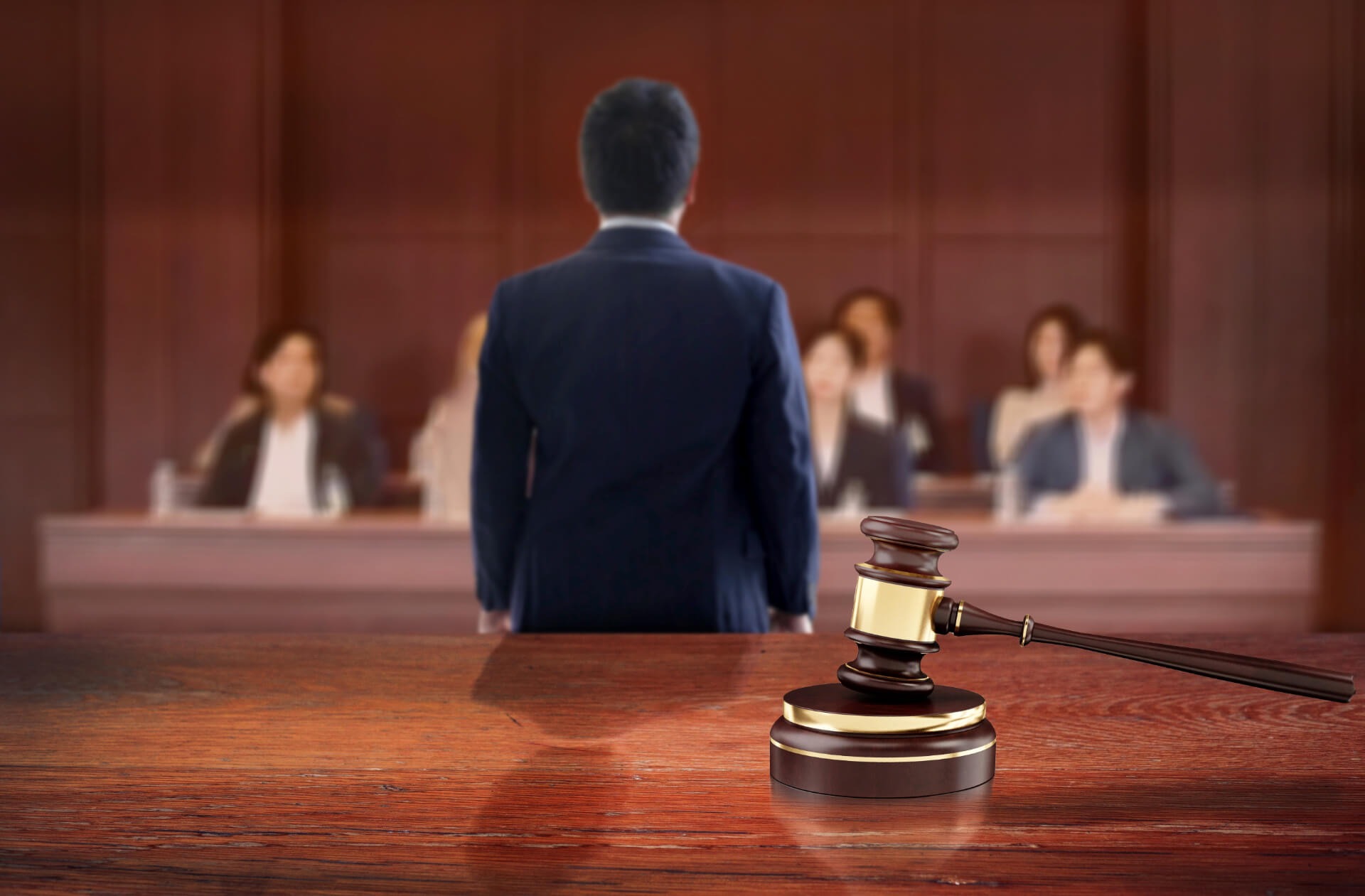
Understanding Criminal Trials in Queensland
For anyone facing criminal charges in Queensland, the prospect of a trial can be daunting. It represents the culmination of a legal process, a moment where an accused’s fate hangs in the balance. Valeston Lawyers, based in Brisbane and serving the Sunshine Coast, Gold Coast, and Regional Queensland, understands the complexities and anxieties associated with criminal trials. With a commitment to providing clear guidance and transparent cost indications, they aim to demystify this critical stage of the justice system.
This detailed article will explore the intricate world of criminal Trials in Queensland, shedding light on the procedures, the roles of key players, and the factors that influence their progression and outcome.
What is a Criminal Trial?
At its core, a criminal trial is a formal legal proceeding where the prosecution attempts to prove, beyond a reasonable doubt, that an accused person committed a criminal offence, while the defence aims to challenge that evidence and demonstrate the accused’s innocence or raise reasonable doubt. It is a fundamental pillar of the Australian justice system, upholding the principle that everyone is presumed innocent until proven guilty.
In Queensland, the type of court in which a trial is held depends on the seriousness of the alleged offence. Less serious “summary offences” are typically heard in the Magistrates Court, where a Magistrate acts as both the judge of fact and law, meaning there is no jury. More serious “indictable offences” are heard in the District Court or Supreme Court, generally before a judge and jury, though in certain circumstances, a judge-alone trial may be granted.
Initial Appearance and Plea
All criminal matters in Queensland commence in the Magistrates Court. At the initial court appearance, the accused will be asked to enter a plea of guilty or not guilty. If a guilty plea is entered for a straightforward matter, the case may proceed directly to sentencing. If a “not guilty” plea is entered, the case will be set down for further proceedings.
Committal Hearings
For indictable offences, if a not guilty plea is entered, the matter often proceeds to a committal hearing in the Magistrates Court. This hearing serves to determine if there is sufficient evidence for the matter to be “committed” to a higher court (District or Supreme Court) for trial. During this process, the prosecution presents its evidence, which may include witness statements and other materials. The defence has the opportunity to cross-examine witnesses and test the strength of the prosecution’s case. A Magistrate will then decide if there is enough evidence to justify a trial.
Indictment and Pre-Trial Applications
Once a matter is committed to a higher court, the charges are formally documented in an “indictment.” Before the trial commences, various pre-trial applications can be made by either the prosecution or the defence. These can include applications for specific directions from the judge, rulings on the admissibility of evidence, or even applications for a judge-alone trial instead of a jury trial. The decision to have a judge-alone trial is typically at the discretion of the court and requires the consent of the defence if initiated by the Crown.
The Heart of the Matter
The trial itself is a structured process designed to allow both sides to present their arguments and evidence. While specific procedures may vary slightly between the District and Supreme Courts, the fundamental elements remain consistent.
Jury Selection (for District and Supreme Courts)
If the trial is before a jury, the process begins with jury selection, also known as empanelling the jury. A pool of potential jurors is randomly selected from the electoral roll, and from this pool, individuals are called forward to potentially serve on the jury. Both the prosecution and the defence have the right to challenge prospective jurors, ensuring an impartial panel of 12 individuals.
Opening Addresses
Once the jury is empanelled (or if it’s a judge-alone trial, after appearances are announced), both the prosecution and the defence deliver their opening addresses. The prosecution outlines the case they intend to prove, providing a narrative of the alleged events and the evidence they will present. The defence then provides their opening statement, highlighting the key issues in dispute and outlining their defence strategy.
Presentation of Evidence
This is the core of the trial. The prosecution presents its case first, calling witnesses to give evidence. This is known as “evidence in chief.” Following the prosecution’s examination, the defence has the opportunity to “cross-examine” the witness, challenging their testimony and aiming to uncover inconsistencies or weaknesses. The prosecution may then “re-examine” the witness to clarify any points raised during cross-examination. This process is repeated for all prosecution witnesses. The prosecution may also tender documentary or physical evidence.
Once the prosecution has presented all its evidence and “closed” its case, the defence has the option to present its case. It’s crucial to note that an accused person is not obliged to give evidence in their defence, and no adverse inference can be drawn if they choose not to. If the accused does choose to give evidence, they will be examined by their lawyer and then cross-examined by the prosecutor. The defence may also call their own witnesses.
Closing Addresses
After all evidence has been presented, both the prosecution and the defence deliver their closing addresses. These addresses are an opportunity for each side to summarise their case, highlight the key evidence that supports their arguments, and persuade the judge or jury of their position. The prosecution will argue that they have proven the accused’s guilt beyond a reasonable doubt, while the defence will argue that the prosecution has failed to meet this high standard.
Judge’s Summing Up for Jury Trials
In jury Trials, the judge then provides a “summing up” to the jury. This involves reviewing the evidence presented, explaining the relevant legal principles, and providing directions on how the jury should consider the evidence and apply the law to the facts. The judge will clearly explain the elements of the offence and what the prosecution must prove for a conviction.
Jury Deliberation and Verdict
Following the judge’s summing up, the jury retires to deliberate in private. Their goal is to reach a unanimous verdict of either “guilty” or “not guilty.” If they cannot reach a unanimous decision, it may result in a “hung jury,” leading to a retrial. In a judge-alone trial, the judge will deliver their verdict and provide reasons for their decision.
Outcomes and Beyond
If the accused is found “not guilty,” they are acquitted and are free to go. If they are found “guilty,” the case proceeds to sentencing. Sentencing involves the judge determining an appropriate penalty based on the nature and severity of the crime, the accused’s criminal history, the impact on victims, and other relevant factors. Sentencing options can include imprisonment, community service, fines, or a combination thereof.
It’s also important to remember that if either party is not satisfied with the outcome of a trial, there may be grounds for an appeal to a higher court.
The Importance of Expert Legal Representation
Navigating the complexities of a criminal trial requires in-depth legal knowledge and experience. Valeston Lawyers understands the critical importance of robust legal representation at every stage of the process. From the initial free case appraisal, where they provide a clear indication of total costs and explore fixed fee options or referrals to Legal Aid, to meticulously preparing for and advocating in court, their Brisbane criminal lawyers are dedicated to protecting their clients’ rights and achieving the best possible outcome.
Facing a criminal trial can be an overwhelming experience, but with the right legal team, individuals can be confident that their case will be handled with expertise, dedication, and a commitment to justice.
